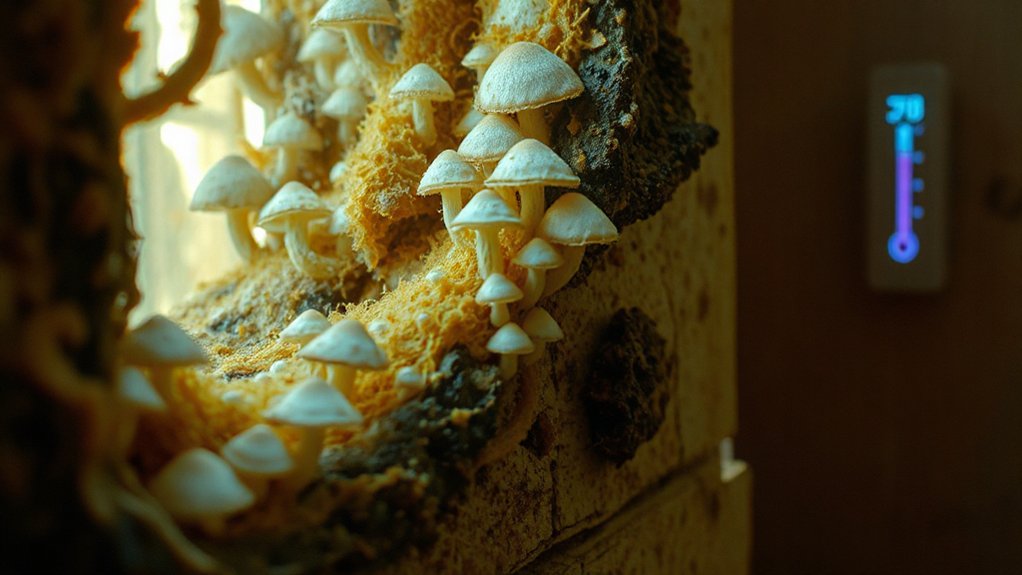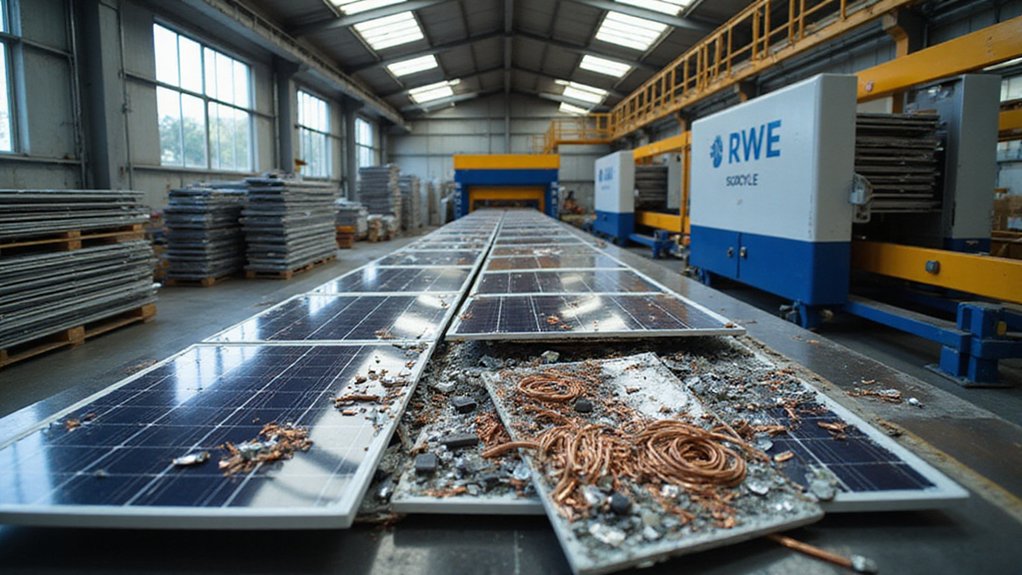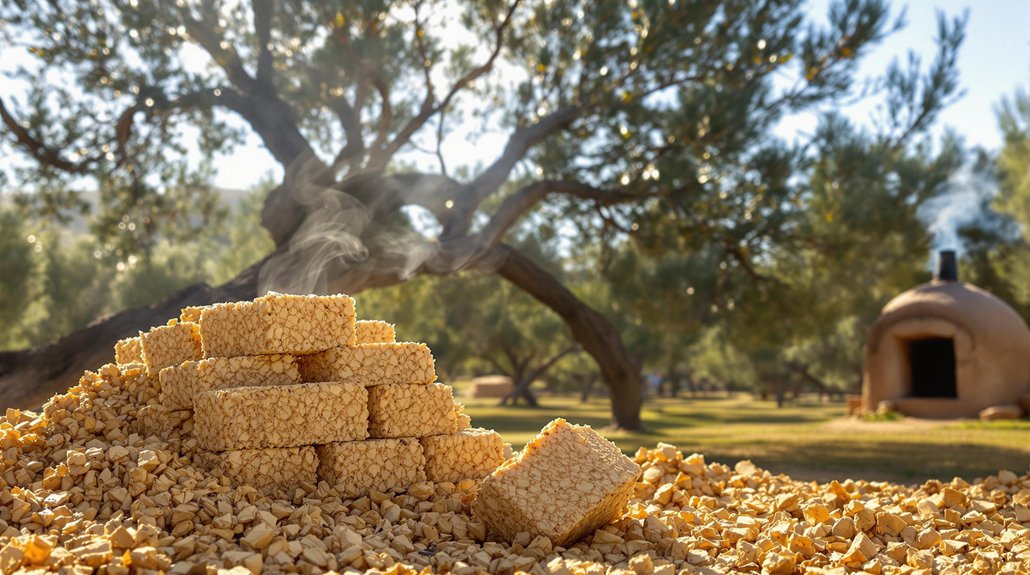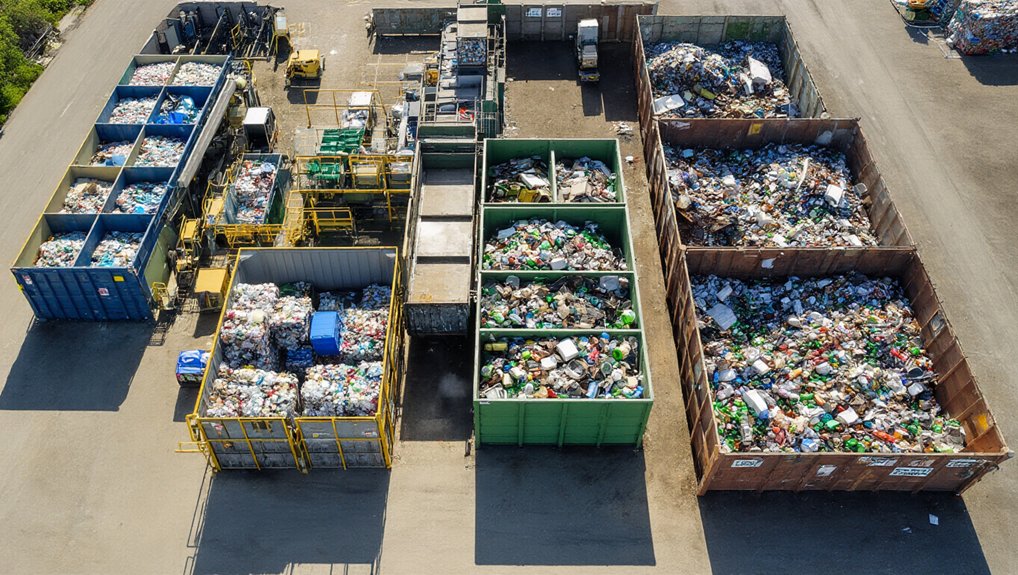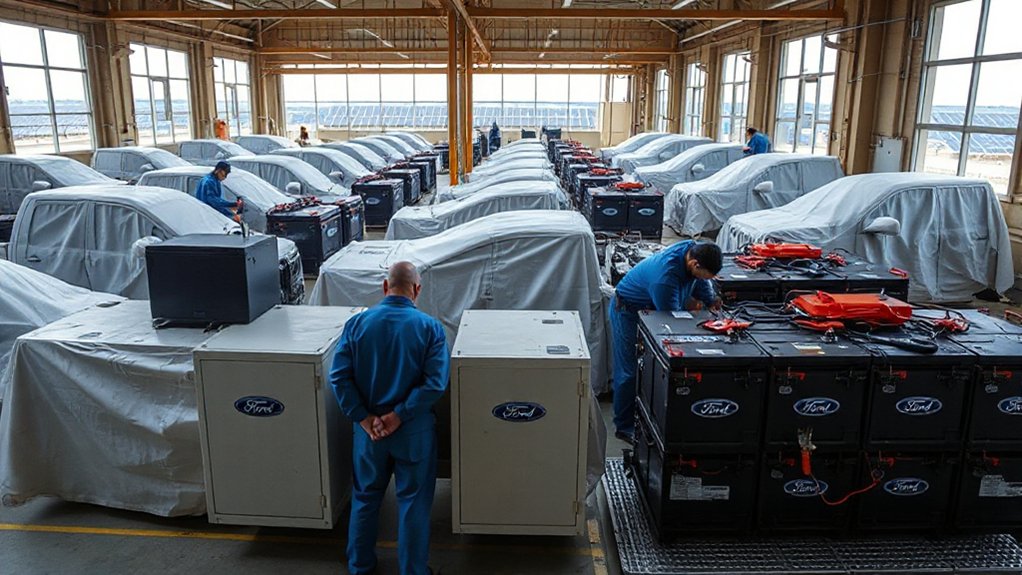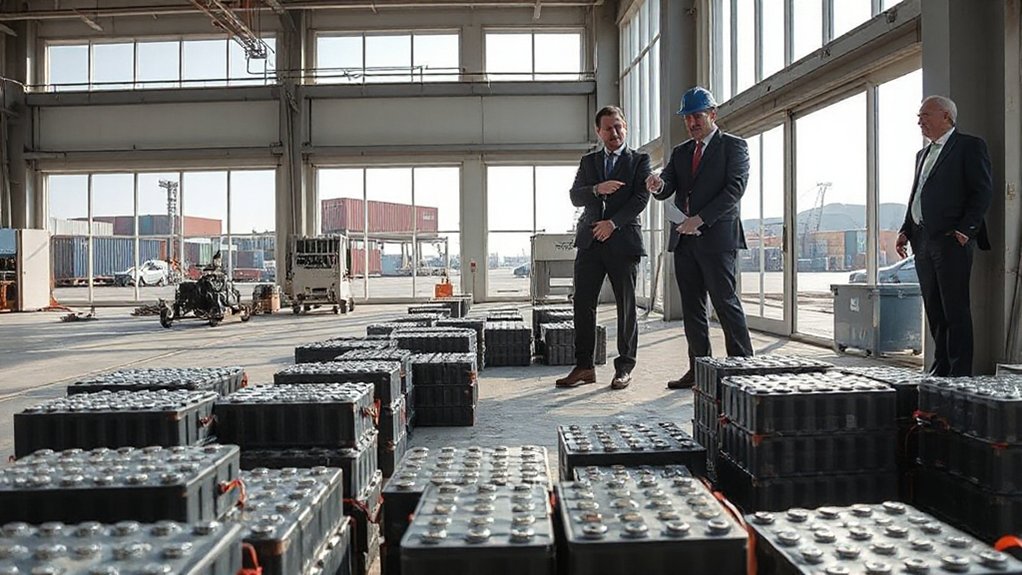While most homeowners obsess over granite countertops and smart thermostats, a revolution is quietly growing inside our walls—literally. Mycelium, the root structure of fungi, is transforming construction with its remarkable ability to bind agricultural waste into solid, insulating panels. Yeah, you read that right. Mushroom roots could save your energy bills—and maybe the planet.
While everyone chases fancy finishes, mushroom roots are silently revolutionizing our walls and saving the planet one panel at a time.
These fungi-powered walls aren’t some hippie pipe dream. The science is solid. Spores are introduced to agricultural waste—think buckwheat hulls or straw—and left to grow in controlled conditions. The fungi eat the waste, creating a network that binds everything into a solid form. Then it’s heat-treated to kill the fungi. Done. No more growth. Just solid insulation.
The performance is impressive, too. Mycelium insulation achieves around R-3.0 per inch, comparable to conventional materials. The microscopic fungal networks trap air and regulate humidity better than synthetic alternatives. They’re naturally fire-resistant. They absorb sound. What can’t these fungal superheroes do?
The environmental benefits make traditional insulation look like a planetary crime. Mycelium actually sequesters carbon instead of belching it into the atmosphere. It’s fully biodegradable—unlike that fiberglass stuff that’ll outlive your great-grandchildren. No toxic chemicals, no volatile organic compounds, no synthetic flame retardants. Just fungi doing what fungi do best. The material creates a circular economy through its complete recyclability and compostability at the end of its useful life.
Economically, it’s a no-brainer. These panels cost less, especially in places where resources are scarce. They create local jobs processing agricultural waste that would otherwise rot or burn. Much like the renewable energy sector, mycelium insulation contributes to sustainable job creation while reducing environmental impact. The global mushroom material market is projected to exceed $8.9 billion by 2034. Money talks, and it’s speaking fungus.
The versatility is stunning. Insulation panels, bricks, acoustic treatments—mycelium does it all. It can be molded into virtually any shape needed. Companies like Ecovative Design have successfully commercialized fungus-based packaging foam for shipping furniture and other products. While your neighbors brag about their Italian marble, you could be living in a house partially built by mushrooms. Now that’s a conversation starter at the neighborhood barbecue.
References
- https://revolutionized.com/mycelium-insulation/
- https://www.buildinggreen.com/blog/greensulate—fungus-based-insulation-material-thats-grown-rather-manufactured
- https://www.youtube.com/watch?v=jI2LC3WTryw&vl=en
- https://abcnews.go.com/International/wireStory/mushroom-farm-kenya-fungi-based-panels-give-hope-126655201
- https://crossboundary.com/mycelium-advantage-mushroom-based-insulation-for-africas-construction-boom/
- https://www.buildwithrise.com/stories/mycelium-fungi-as-a-building-material
- https://mogu.bio
